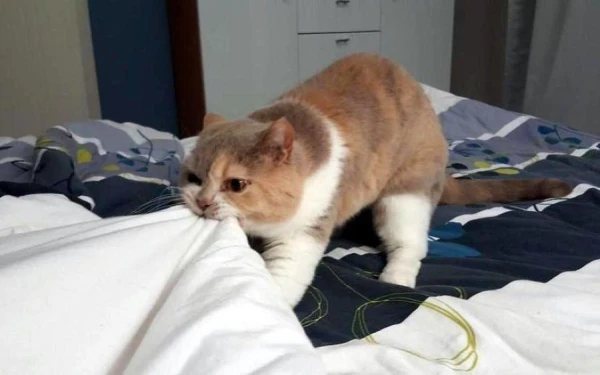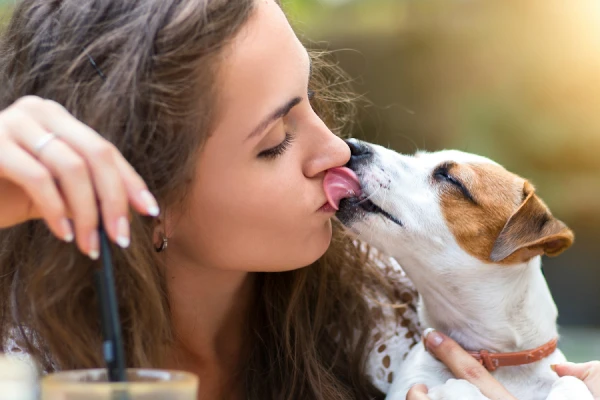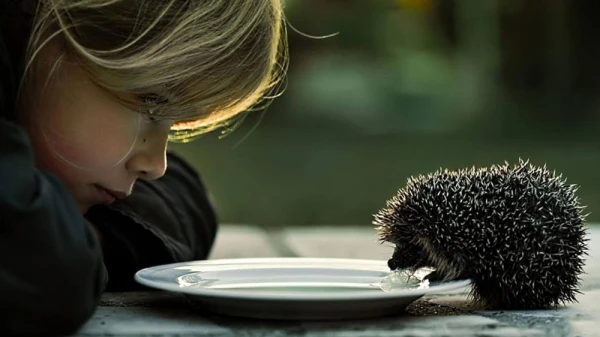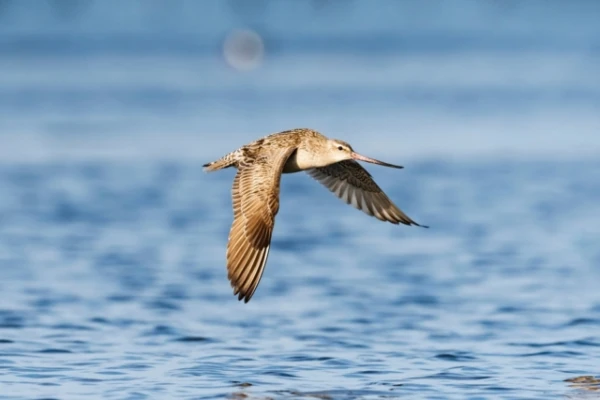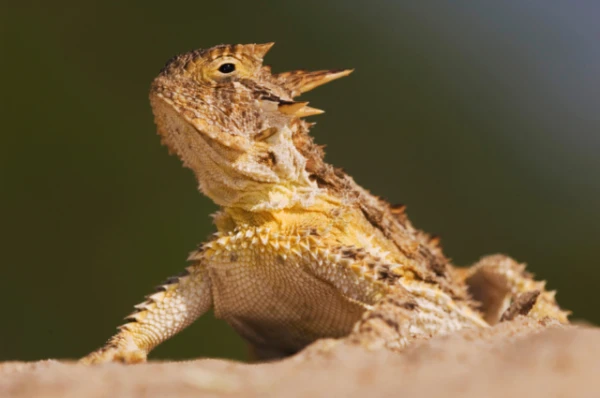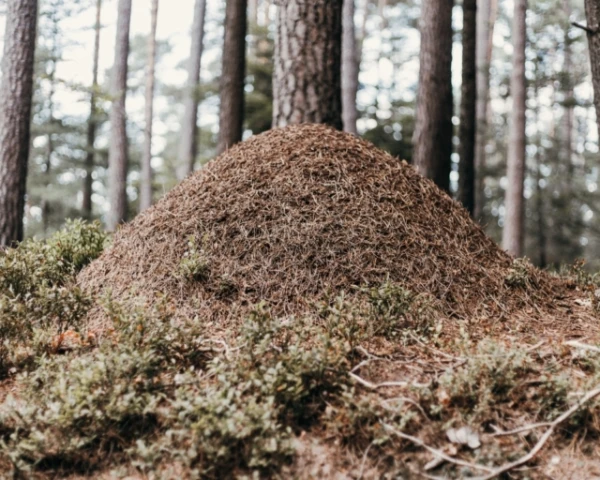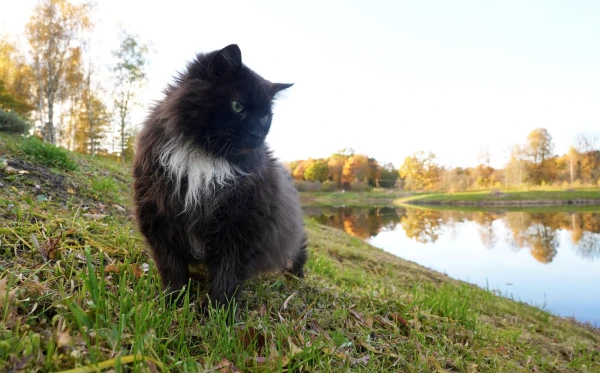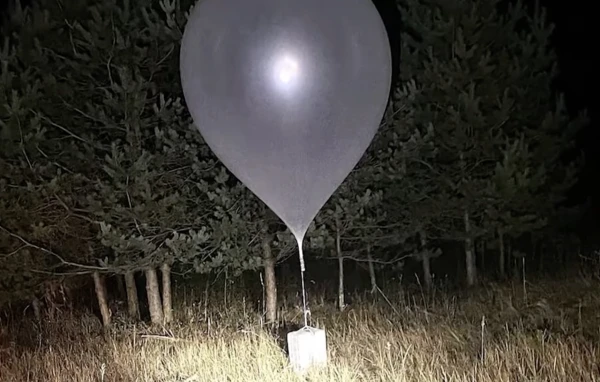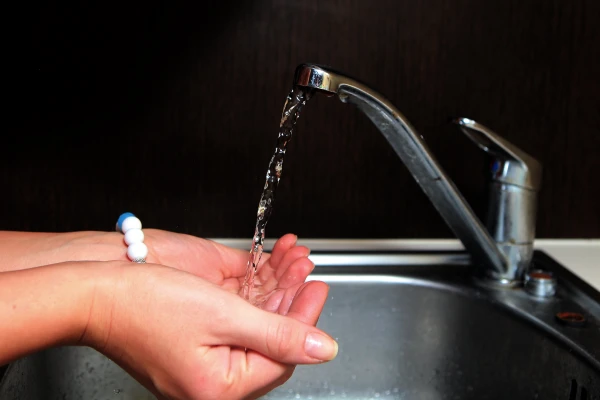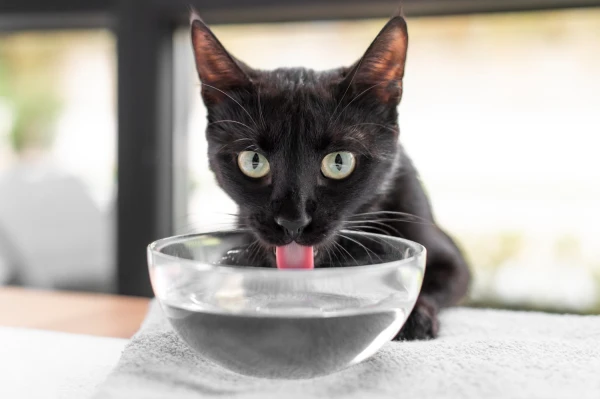
If a cat does not drink enough water, it is at risk of dehydration, which can lead to serious consequences. We explain when to help your pet drink more water, how to do it safely, and what symptoms indicate a lack of fluids.
When a Cat Needs to Increase Water Intake: Signs of Dehydration
"When dehydrated, a cat becomes lethargic, loses its appetite, the skin loses elasticity, the gums are dry and pale, and the coat looks dull. Urination may become less frequent, and the urine becomes more concentrated, acquiring a bright color and strong odor. Additionally, a pet may experience constipation due to a lack of moisture or loss of fluids," said Anastasia Varfolomeeva, a senior veterinarian at Vetcity Clinic.
In more severe cases of dehydration, a cat may experience shortness of breath, confusion, and a depressed overall condition, the veterinarian noted.
However, if a cat leads a sedentary lifestyle, the house is not hot, and it eats wet food, then an increase in water intake may not be necessary.
Normal Water Intake and Factors Affecting Drinking
On average, a cat should drink 40–50 ml of water per kg of body weight per day. For a pet weighing 4–5 kg, this amounts to about 200 ml per day.
However, this norm depends on the type of feeding: if a cat eats wet food or natural food, up to 80% of its fluid needs can be met directly from food. When feeding dry food (which often contains only 10% moisture), a cat will need to drink significantly more clean water.
Factors that reduce the desire to drink:
- water quality: tap water is acceptable, but the smell of chlorine or impurities can deter the pet and reduce its consumption;
- bowl placement: cats often do not drink water if the bowl is placed next to the food;
- bowl material: plastic is unhygienic — it quickly develops micro-scratches where bacteria can thrive; cats may ignore such bowls.
Effective Ways to Encourage Your Cat to Drink More
It is important to increase the availability of water and comfort during consumption, as well as to maintain the hygiene of the dishes:
- use wide, shallow bowls, preferably ceramic, glass, or metal (stainless steel), which do not absorb odors and are easier to clean;
- place the water bowl away from the food;
- set up several water bowls around the house in different locations;
- if the cat does not drink water from the tap, filter the water;
- install a water fountain — many cats prefer moving water;
- create movement on the water's surface — for example, place a tennis ball so the cat can play and become more interested in the water;
- add moisture to the food: mix dry food with water or provide wet food;
- try adding flavored water to the diet, such as a light broth from tuna or shrimp (without replacing clean water);
- frequently change the water, wash the bowls, and prevent stagnation and contamination.
When Refusal to Drink Is a Cause for Concern
"Refusal to drink water can be a sign of inflammation in the oral cavity, gastrointestinal diseases, infections, and other illnesses. Although unlikely, it can also be a symptom of rabies," notes Anastasia Varfolomeeva.
If a cat does not drink water for more than a day or if, in addition to refusing water, diarrhea, vomiting, or a depressed state is observed, it is essential to urgently consult a veterinarian, the expert emphasizes.
Moreover, dehydration increases the risk of cystitis, concentrated urine, and kidney dysfunction. Other consequences may include the development of urolithiasis.
